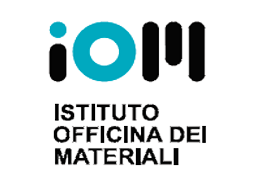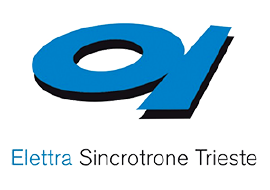Tuning the magnetic properties of V2O3 / CoFeB heterostructures across the V2O3 structural transition
Both in nano-magnetism and in spintronics, tuning the magnetic properties to maximize the working performances for technological implementation is a never-ending quest. In this framework, here we report on our systematic study of heterostructure engineering using CoFeB deposited on top of (001) V2O3 thin films, specifically on tailoring the coercive field variation of the magnetic layer across the oxide structural phase transition.
This study presents a combination of structural, electronic and magnetic characterizations on heterostructures grew with ex-situ transfer in-between the growth of the two layers, i.e. without strict parameters on the quality growth of the magnetic layer, an advantage for technological implementations.
The x-ray diffraction experiments showed first the relaxation of the crystalline V2O3 layers occurring after few nm of growth on c-plane sapphire substrates, allowing thus the phase structural transitions known in its “bulk-like” form. This structural transition, occurring around 160 K, is accompanied by metal-insulator transition that was confirmed by resistivity measurements. Then we show that the crossing of V2O3 structural phase transition induces reproducible and reversible changes to the CoFeB coercive field, as for instance exposed in the Figure. By tuning both V2O3 and CoFeB thicknesses, we observe that thickening the oxide layer and reducing the magnetic layer thickness maximizes the effect, up to a 330% coercive field variation between the two V2O3 structural phases.
By simply tuning the temperature, this systematic study shows that the engineering of V2O3 structural transition induces large magnetic property variations to an amorphous thin film, opening wide possibilities in implementing strain-driven control of the magnetic behavior without strict requirements on epitaxial coherence at the interface.





